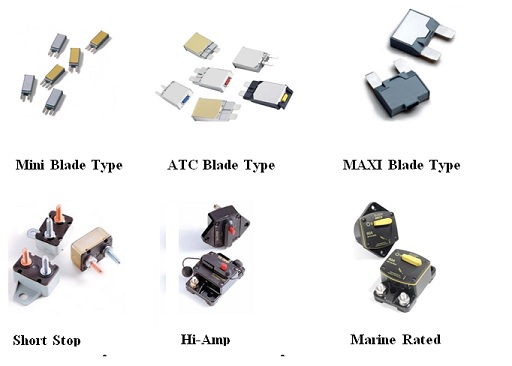Thermal Circuit Breakers

What is a thermal circuit Breaker? A thermal circuit breaker is a resettable circuit protection device that is primarily designed to protect components and equipment from current overload and short circuit conditions. Thermal breakers provide thermal overload protection in DC applications such as transportation, marine and various other electrical applications. In a thermal circuit breaker, current flows through a bimetal strip that is connected to the two terminals. The bimetal strip is comprised of two different types of metal that are bonded together and expand at different rates as the temperature rises. When the bimetal strip is exposed to a rise in temperature from an overcurrent situation, one metal component expands faster than the other and the bimetal strip snaps open. This opens the circuit and stops the flow of current. Thermal breakers are offered in three types of reset methods. Type I has an Automatic Reset mechanism. When the thermal breaker trips because of an overload or short circuit, the flow of current is stopped. As the bimetal strip cools, the thermal breaker will automatically reset. If the cause of the overcurrent condition is not fixed, the breaker will open again, and it will continue to cycle on and off until the overcurrent condition is cured. The Type II Modified Reset thermal breaker is non-cycling. It will not reset until the current overload is removed or the power is turned off. The Type III Manual Reset circuit breaker is reset by activating an external reset button or lever. The Type III thermal breaker also has a switchable option which allows the user to open the circuit by depressing a trip button. Available thermal circuit breaker styles include the Mini ATC and MAXI fuse type breakers, the Short Stop breaker with or without mounting brackets, the Mid-Range and Hi-Amp surface mount or panel mount breakers and a Marine Rated thermal breaker.